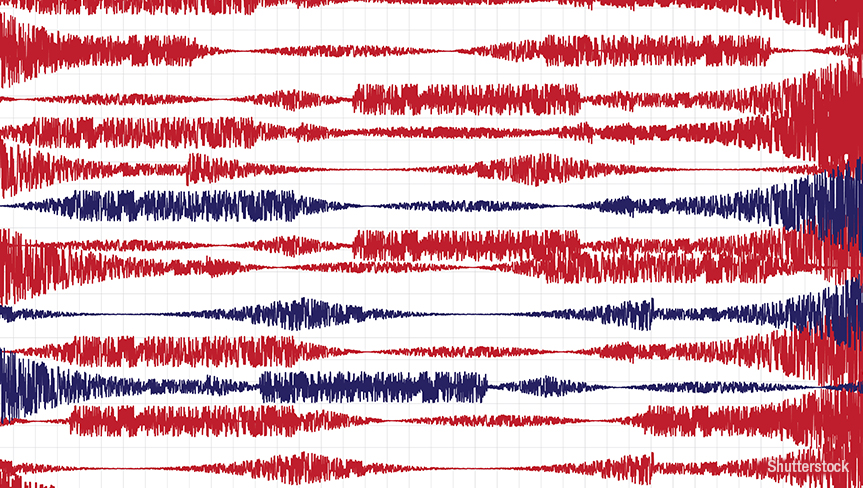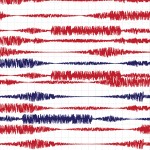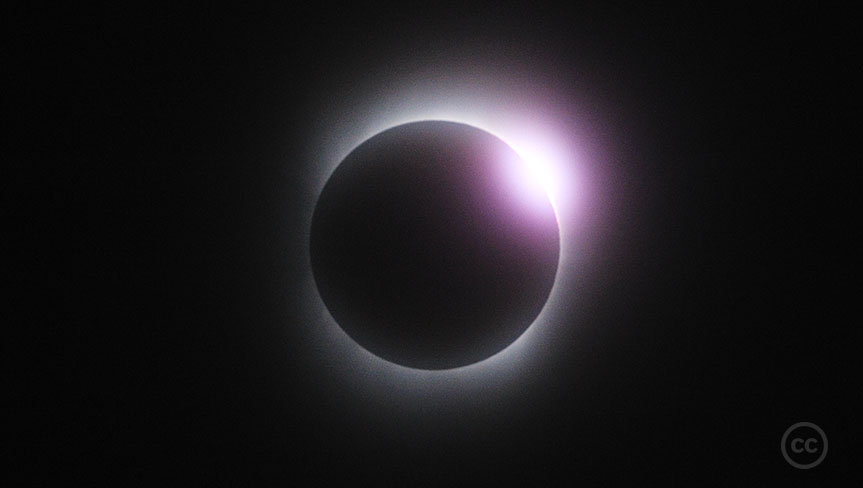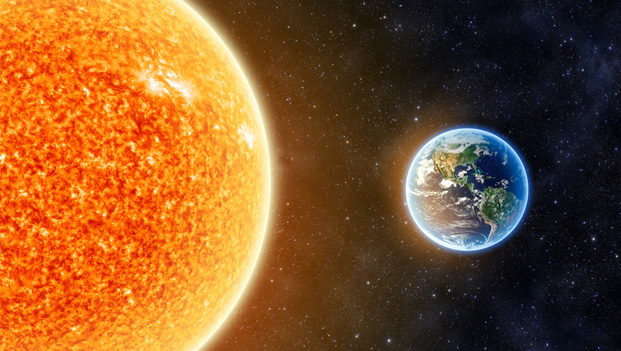
Richter Scale’s estimation of the total energy from Sun
Richter Scale, developed in 1935 by Charles Richter, is typically a measurement of ground motion generally used for expressing the intensity of an earthquake. It is based on powers of ten which essentially means that an earthquake measuring ‘4’ on the Richter Scale has a recorded seismograph amplitude 10 times greater than the one measuring…









